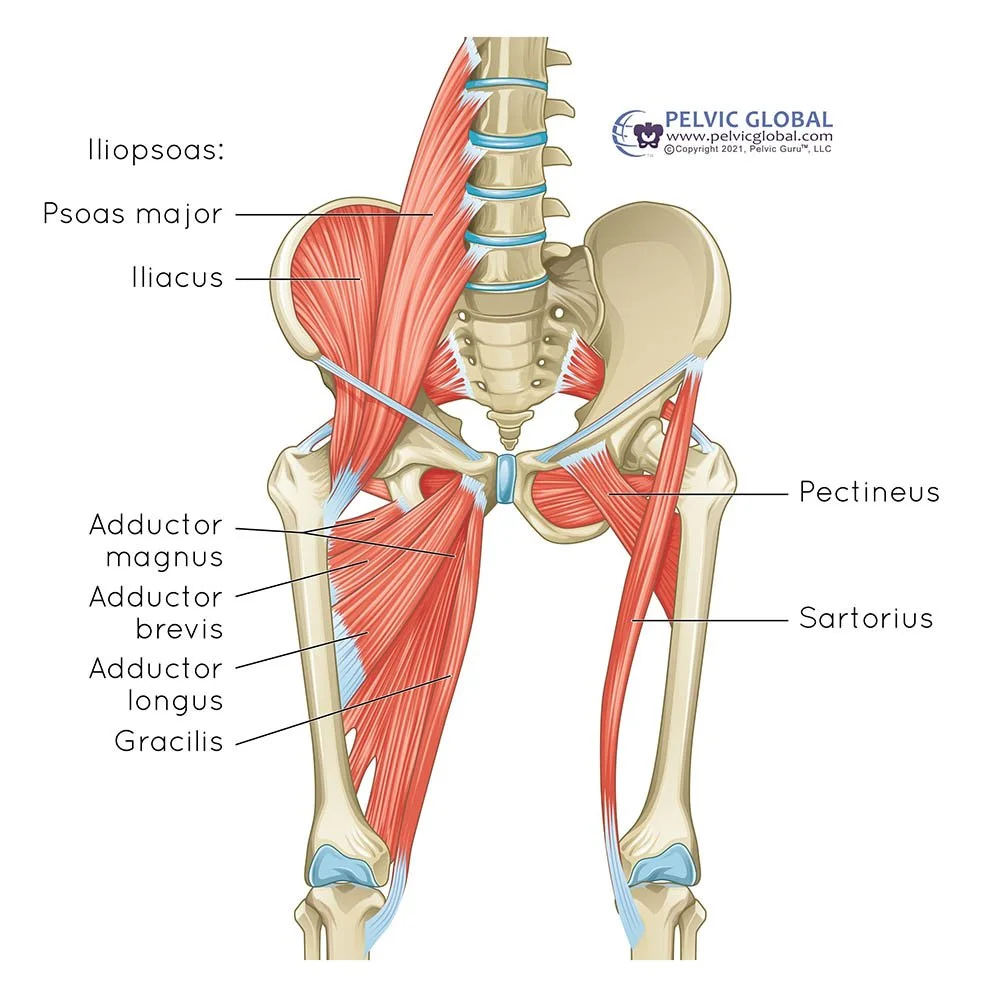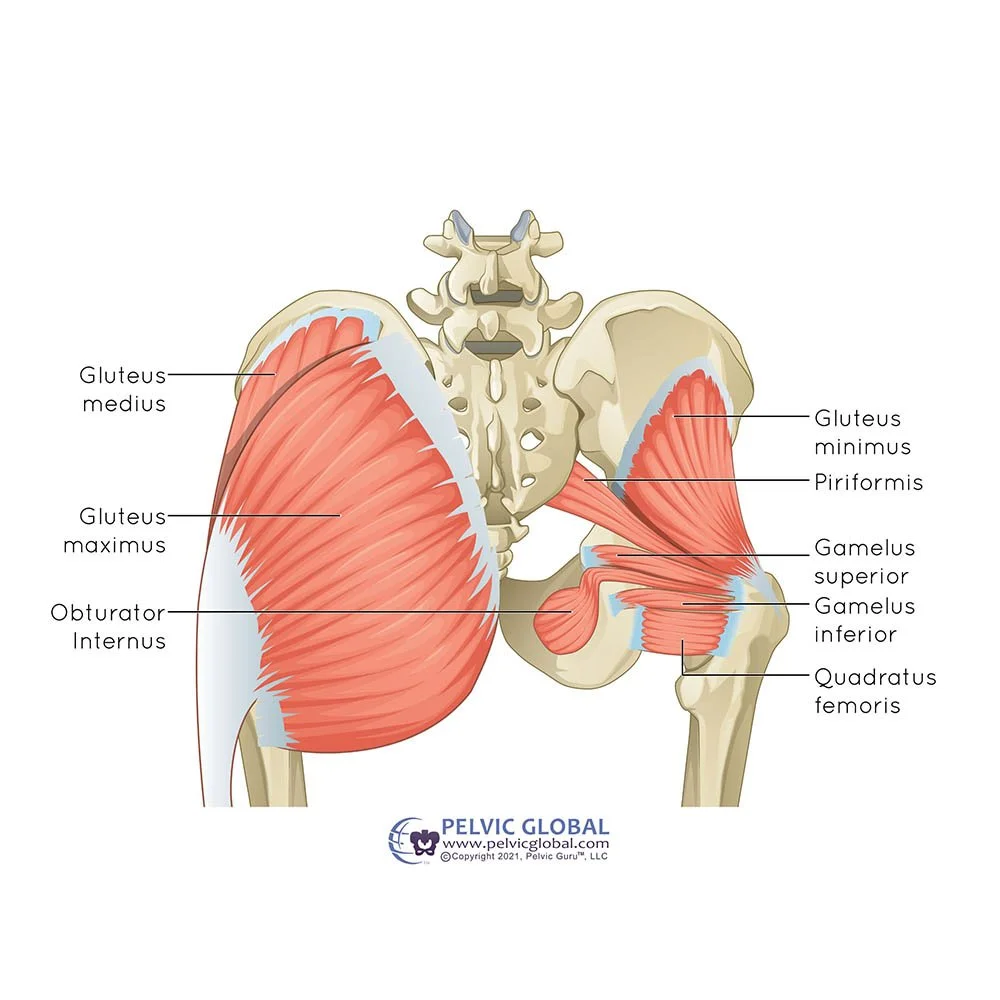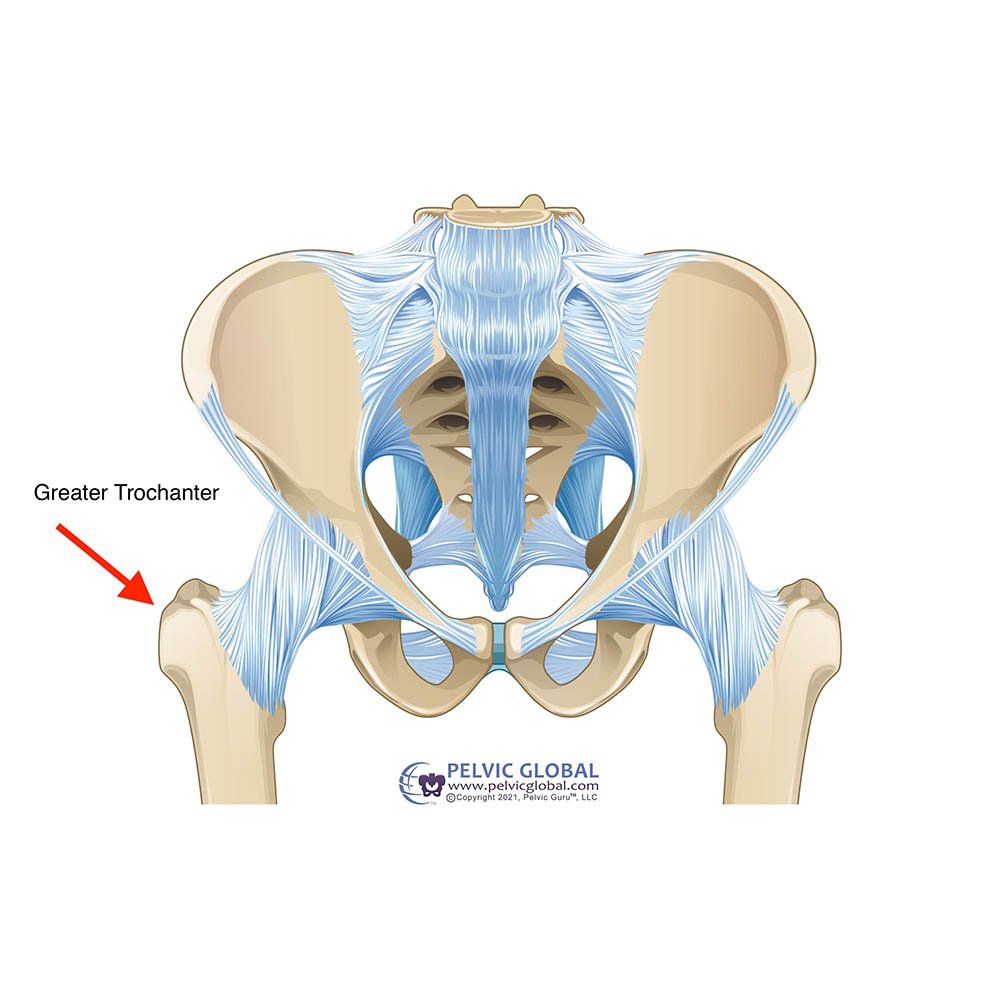Physical Therapy for Hip Pain
Hip pain is a common ailment among adults who enjoy being active with things like running and lifting. However, when hip pain gets in the way of the activities you love it can be very frustrating. Seeking physical therapy in Durham for hip pain is a great conservative option to avoid surgery or unnecessary injections. There are many causes of hip pain, and this blog will explore the anatomy of the hip joint, common overuse injuries that cause hip pain and provide you with exercises and stretches you can do at home to help relieve your pain.
Anatomy of the hip
The hip joint is characterized as being a ball and socket joint. The “socket” is part of the pelvis and known as the acetabulum. The “ball” is part of the thigh bone, or femur. The nature of a ball and socket joint allows the hip a great degree of movement. The hip, unlike the knee or elbow can move in multiple directions including forward (flexion), backward (extension), laterally (abduction) and medially (adduction) in addition circumduction (moving in a circle).
With all of this motion comes the need for stability as well. There are 4 main ligaments that help to hold the hip joint together, in addition to a thick a joint capsule.
There are also numerous muscles that contribute to hip joint motion and stability.
In the front of the hip the main muscles are the hip flexors, sartorius, quadriceps muscle and the transverse abdominis (while this muscle doesn’t cross the hip joint itself, having a strong core is imperative to good hip mechanics).
On the inside are the adductor muscles. While these muscles attach from the femur to the pelvis they still play an important role in hip and pelvis stability and movement.
On the side of the hip is the TFL (tensor fascia late) muscle, which turns into the IT band as it crosses the hip joint and travels down the leg.
In the back the gluteus Medius, minimus and maximus are the main hip muscles, in addition to the hamstrings which help to extend the hip.
Type of Overuse Hip Injuries
Hip impingement
Hip impingement is characterized by a pinching or tightness feeling in the front of the hip. This is most typically felt during squatting, lunging, running or sitting. This pain is typically due to a structure in the front of the hip joint that is being pinched – typically either the joint capsule or a muscle. It is important to note though that the term “impingement” very generally and mostly just describes the symptoms. In most cases the impingement is being cause by a lack of balance between the muscles of the front and back of the hip in addition to core stability.
If the muscles of the back of the hips (usually the glutes and hamstrings) aren’t doing their job to support and “pull” the hip backwards than the muscles in the front of the hip can get overused. Impingement can also happen if we have a lack of mobility in the hip joint and when we try to go into a position such as a deep squat the hip is unable to do so.
It is also important to point out that impingement can result from a lack of mobility elsewhere in the body. The most common place is the ankle. When we squat, lunge or run we need a certain amount of dorsiflexion in the ankle. If our ankle is not able to achieve sufficient range of motion, the body will compensate by trying to get more motion elsewhere, most of the time this is at the hip joint.
Greater Trochanter Bursitis
The greater trochanter is a “bump” on the outside of the femur where the gluteal muscles attach. Underneath the gluteal tendons lies a fluid filled sack, called a bursa. When this sack gets irritated and inflamed it is commonly called bursitis.
Bursitis is characterized by pain in the outer hips and or glutes and there is typically pain when laying on the effected side.
Bursitis usually occurs as a result of overuse or overtraining. Typically with bursitis the gluteal muscles have knots (or trigger points) that are contributing to the pain. These trigger points occur when the glutes have been overworked – either from trying to compensate for other weak muscles or an increase in training load that was too fast too soon.
Physical Therapy for hip bursitis includes calming down the tissues on the effected side with manual therapy such as dry needling, cupping or massage, adjusting training loads and corrective exercise for any muscles that are weak.
Hip Osteoarthritis
Hip osteoarthritis is characterized by pain deep in the hip joint due to a wearing away of the cartilage between the ball and socket. Symptoms usually occur after a period of inactivity, such as sitting and get better within 30 minutes of beginning to move again. Long term this is one type of hip pain that may require a hip replacement, however physical therapy can provide pain relief and help to prolong the need for a replacement.
Physical therapy may include manual therapy to the joint to help open the space between the ball and socket, dry needling, cupping or massage for muscles around the hip that have become tight and strengthening exercises for the glutes, hamstrings and quads.
Physical Therapy for Hip Pain
As mentioned, physical therapy can be a great option for those dealing with hip pain. The most important role of physical therapy is to identify the underlying root cause.
Many times the hip will feel tight, despite having plenty of flexibility. If this is the case the tightness is usually due to weakness and not a true flexibility issue. A physical therapist will be able to identify if you need to be stretching or strengthening so you are working on the right things for you!
Additionally, physical therapy in Durham, NC can help with pain reduction by doing hands on work such as dry needling or cupping.
Exercises for Hip Pain
Here are 2 mobility exercises and 2 strengthening exercises that may help to reduce your hip pain
Lacrosse ball massage to the glutes
In conclusion, physical therapy can be an excellent option for those with hip pain who want to get back to being active without being limited by pain. If you are dealing with hip pain that is keeping you from the activities and workouts out love, contact us today to get started on your journey to being pain free!
Sources:
Physiopedia
Images on this blog are used with permission from Pelvic Guru®, LLC as a member of the Global Pelvic Health Alliance Membership (GPHAM)



